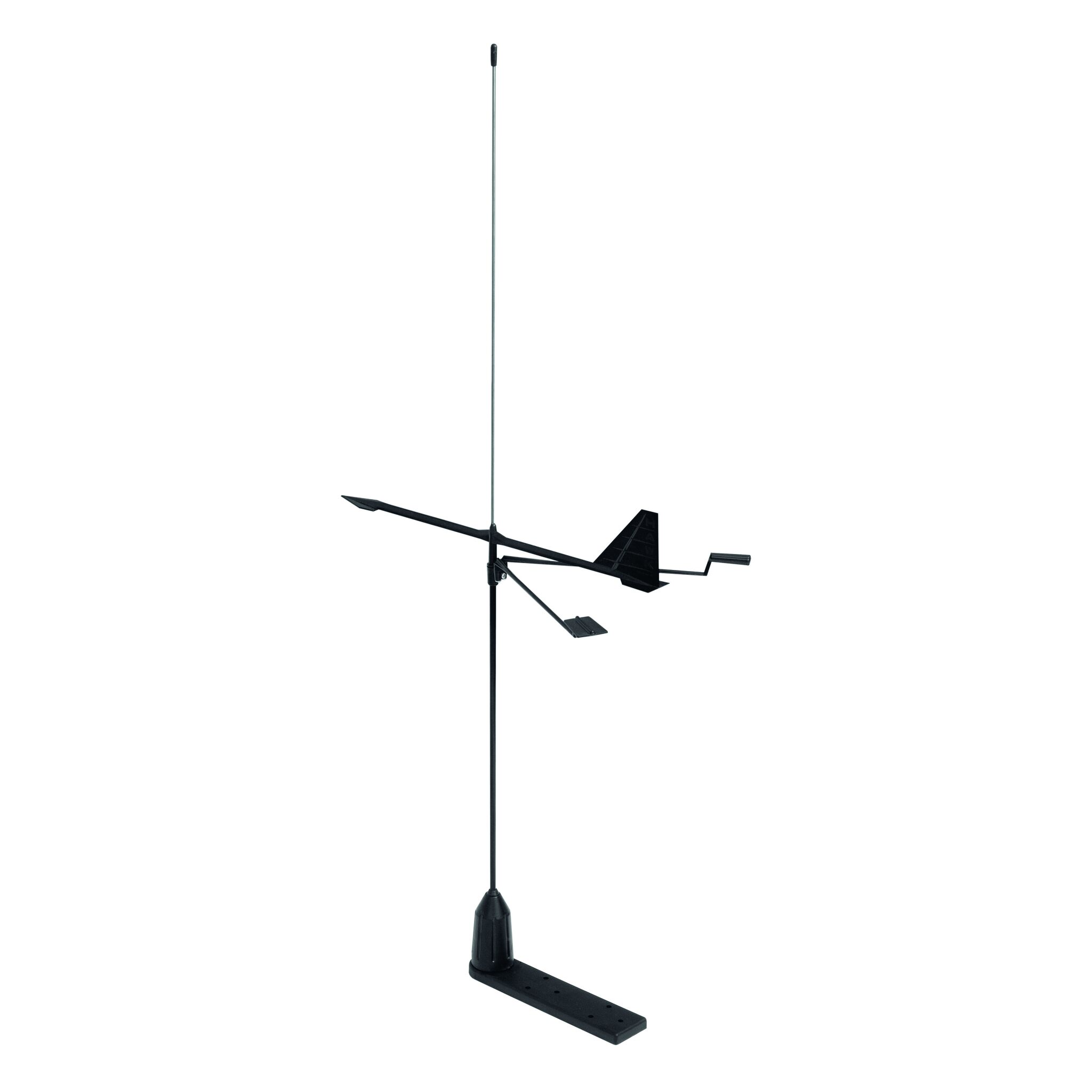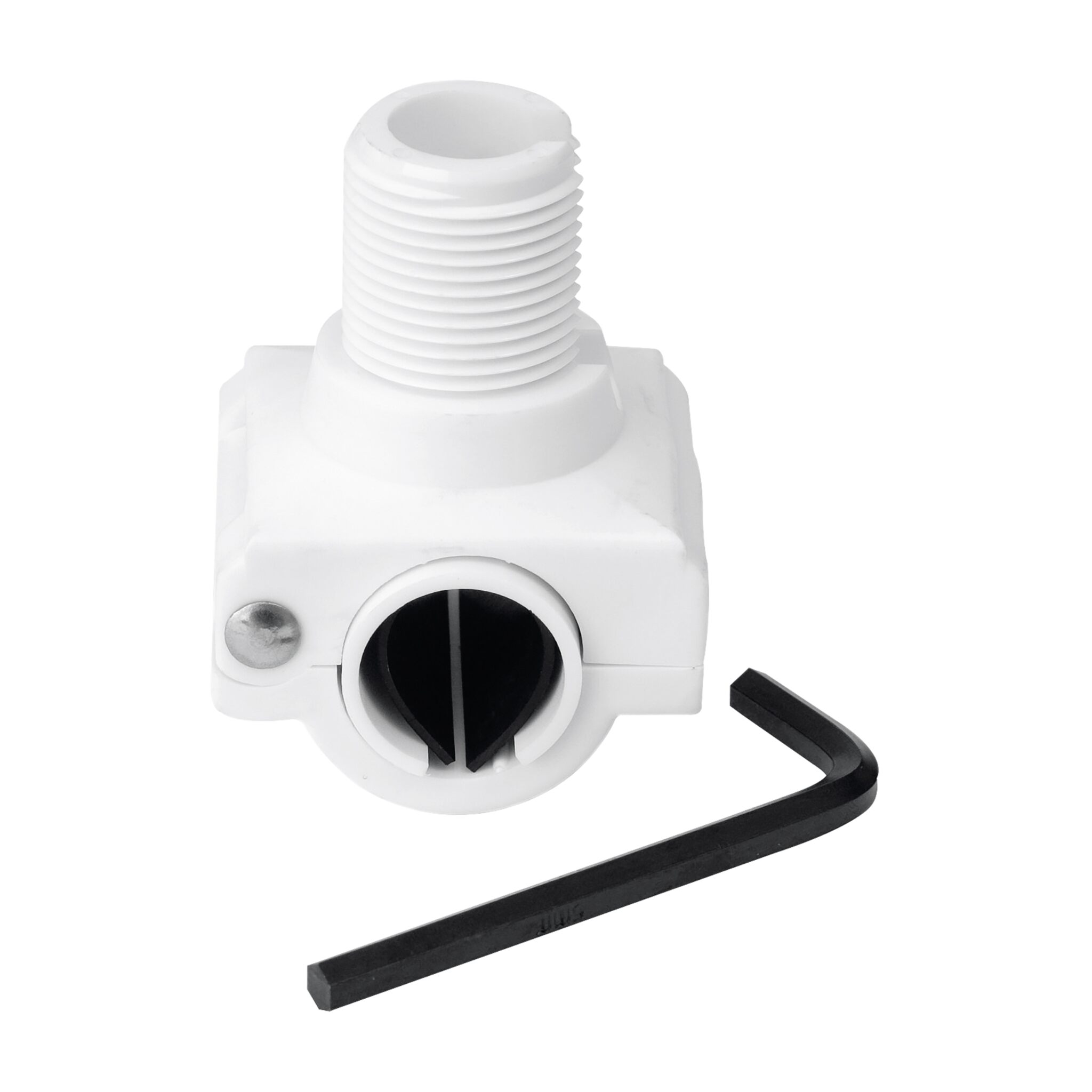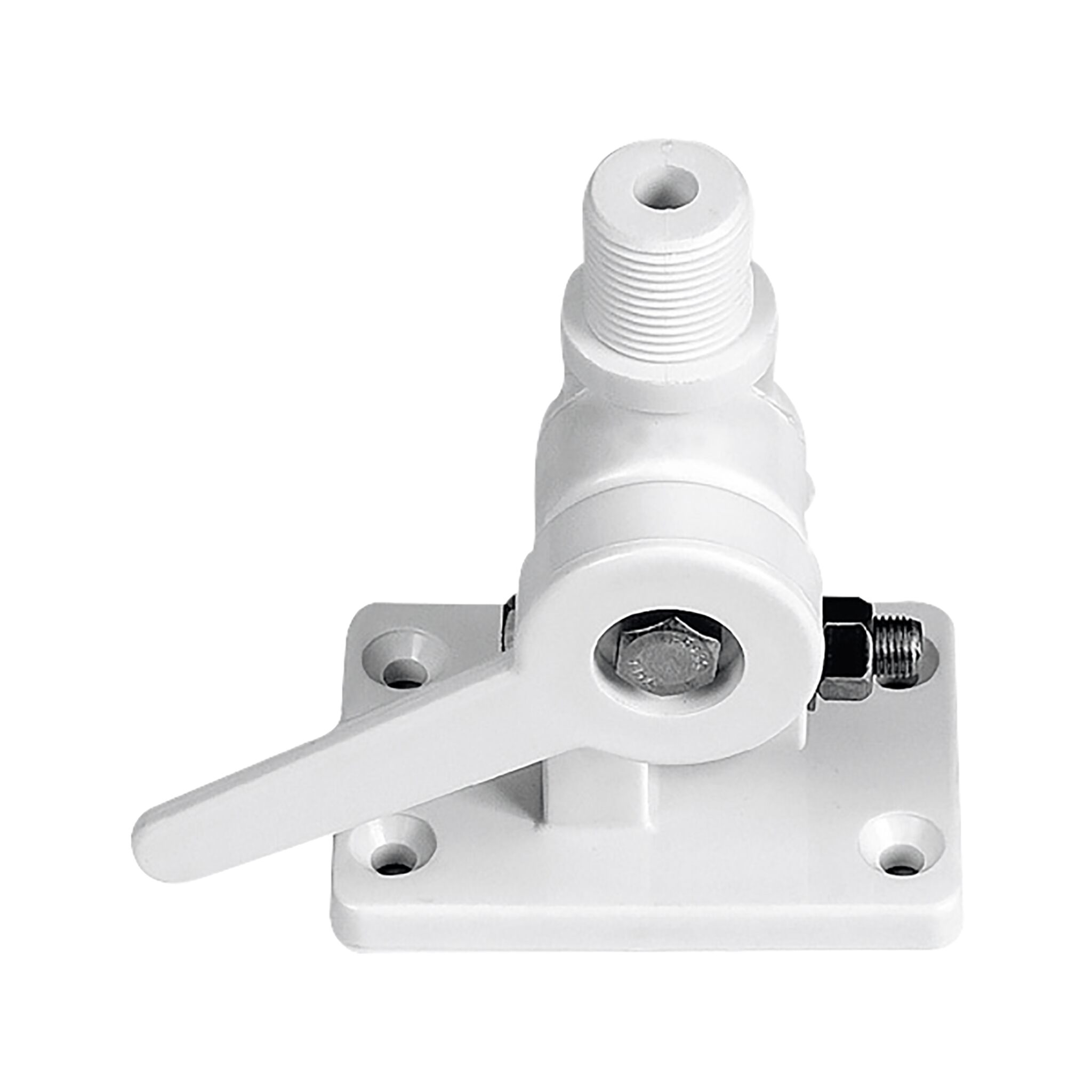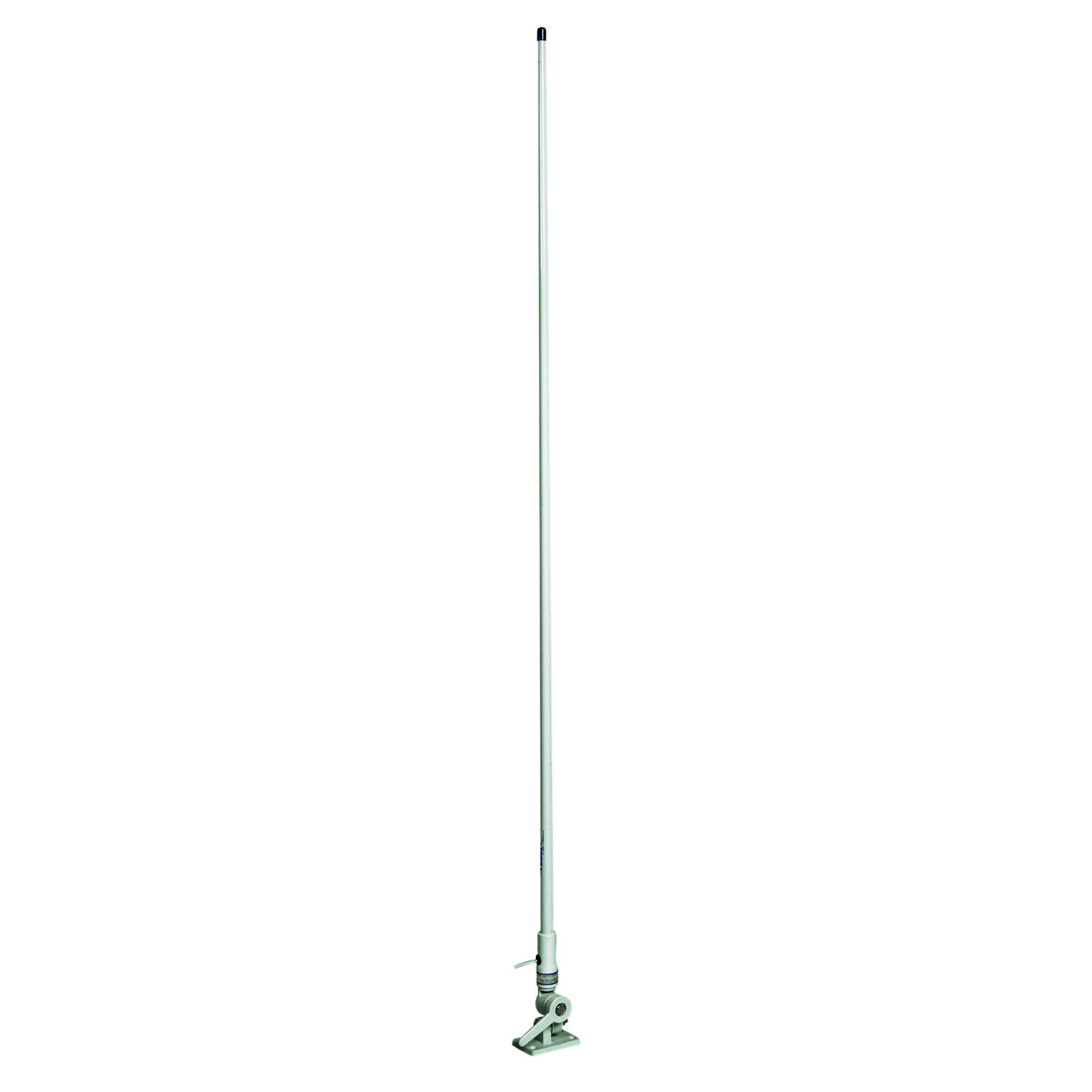Antennas
The VHF radios used on board transmit in the 2-meter band in the frequency range between 156 - 162 MHz. AIS (Automatic Identification System) transmits at 1675 and 1625 MHz, so the VHF marine antennas are also ideally matched for the AIS transceivers. awn always offers the sailor and powerboat operator the right VHF antenna. The ultra-short wave propagates quasi optically, which means the higher the antenna is mounted, the greater the range. The VHF antenna must be able to radiate freely in all directions. Sailors therefore install the VHF antenna on the mast, making sure that it is as light as possible. In addition, the VHF antenna must not collide with the pennant, clicker or even the anemometer. Lightweight mast antennas (approx. 150 g, approx. 90 cm) with a lateral boom (approx. 30 cm) offer a practical solution here. These antennas are supplied with a 20 m antenna cable (RG 58U), which can be easily pulled into the mast. The upper end of the cable is already pre-assembled waterproof, which facilitates the installation and prevents later corrosion of the plug connection in the mast. For safety reasons, sailors usually carry a so-called emergency antenna, which can be mounted at the stern and is always supplied with an approx. 6 m long, pre-assembled cable. If the mast breaks, VHF communication is ensured via the emergency antenna. On motorboats mostly rod antennas are used as fiberglass in the length of 150 cm or 270 meters. These antennas have a 1" thread at the lower end, which fits on all common mounting bases. For mounting there are tilt-feet or tilt-reliefs, brackets made of stainless steel and plastic. On very small motorboats or inflatable boats, short (approx. 57 cm), flexible antennas are preferably mounted. So-called antenna splitters allow simultaneous connection of VHF radio and AIS receiver. When using an AIS transceiver (transmitter/receiver), it is advisable to mount a separate antenna. ********* The reception of long and medium wave, border and short wave transmitters is possible via special receiving antennas, which cover the frequency range from 150 kHz to approx. 30 MHz. Mounting is unproblematic because these active antennas do not have to be mounted on the mast. Sailors ideally also use an insulated backstay here, although insulating a backstay costs many times more than an active antenna. VHF antennas, however, are completely unsuitable for this frequency range. ********* Digital TV and radio reception is possible in the terrestrial range via small DVB-T antennas that can be easily mounted on board. Self-aligning and trackable satellite antennas compensate for both elevation and azimuth of the ship's movements and thus enable interference-free TV reception or communication via satellite even while underway.













